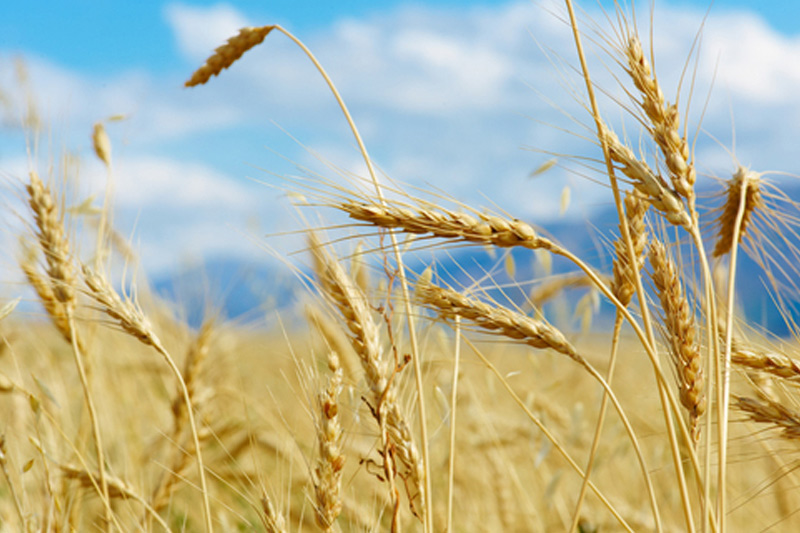* Reuters poll shows Australia's wheat output at 28.35 mln T
* Forecasts of above average rains may lead to quality issues
By Colin Packham and Naveen Thukral
SYDNEY/SINGAPORE, Oct 12 (Reuters) - Australia is expected to harvest a near-record wheat crop in 2016/17, slightly ahead of official estimates, a Reuters poll shows, but recent heavy rains may lead to quality downgrades and curb exports.
The world's fourth-largest wheat exporter is set to produce 28.35 million tonnes, a poll of 10 analysts and traders found, just ahead of Australia's most recent official estimate of 28.1 million tonnes made in September.
The bumper crop, which would be the second highest on record behind a near-30 million tonnes in 2010/11, follows good growing weather early in the season, but faces risks from soaking east-coast rains and unseasonably cold weather in Western Australia.
"Western Australia crop losses to frost are about 1.5 to 2 million tonnes or maybe even 3 million tonnes with more losses in New South Wales and Victoria due to continued rain," said Ole Houe, an analyst with brokerage IKON Commodities in Sydney, who forecast the crop at 25.7 million tonnes, the lowest among the analysts polled by Reuters.
Australia's east coast was inundated last month by five times the September average rainfall ahead of the December harvest, leading to a likely increase in wheat suitable only for animal feed, traders and analysts said.
"We are currently forecasting 9 percent of Australia's wheat crop to be animal feed this season, a rise of 2 percent from last season," said Hannah Janson, chief analyst, Profarmer, which estimates Australian total output at 28.5 million tonnes.
"This estimate has a lot more potential to rise especially if it keeps raining until December."
Too much rain risks damaging the crop to a point where it no longer has enough protein for human consumption, and weather forecasts point to continued wetter than average weather across Australia's east coast.
The main demand for Australian wheat is for food grade product and increased output of low grade grain would decrease overseas sales, traders said, potentially below the current official forecast of 18.4 million tonnes.
Lower Australian exports could help support global prices, Wv1 , which in August hit a decade low.
Australian livestock producers could consume all feed grade wheat produced up to about 30 percent of the country's national output, analysts said.
But any low quality wheat produced above that level faced dim export prospects as product from the Ukraine and Russia remains much cheaper than Australian supplies.
A large amount of feed wheat meant prices would have to fall for the wheat to find markets, said Matthew Pattison, trading manager at agricultural group Nidera Australia.
"This takes time so we are looking at a slower pace of exports out into the second half of the year," he said.
<^^^^^^^^^^^^^^^^^^^^^^^^^^^^^^^^^^^^^^^^^^^^^^^^^^^^^^^^^^^ Reuters survey on Australia's wheat production
http://tmsnrt.rs/2eawVCd
^^^^^^^^^^^^^^^^^^^^^^^^^^^^^^^^^^^^^^^^^^^^^^^^^^^^^^^^^^^>
